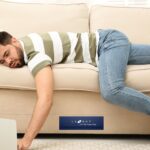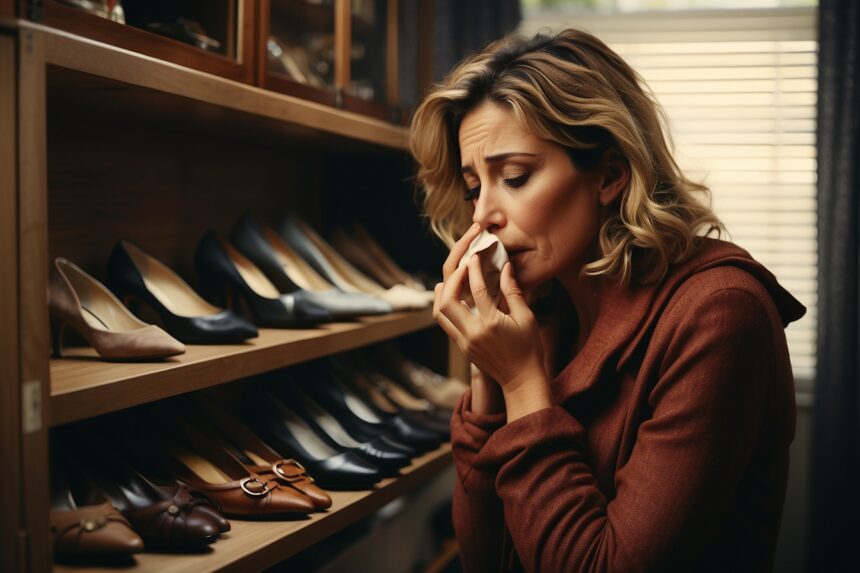Have you ever opened your shoe cabinet and been hit with a wave of the bad odor? If so, you’re not alone. Shoe cabinets can quickly become smelly, especially if you don’t wear your shoes every day. But don’t worry, there are a few simple things you can do to keep your shoe cabinet smelling fresh.
In this blog post, we’ll share five smart tips on how to keep your shoe cabinet smelling fresh. Our tips include choosing a well-ventilated shoe cabinet, using a shoe cabinet deodorizer, cleaning your shoe cabinet regularly, avoiding storing sweaty or wet shoes, and sprinkling baking soda inside your shoes.
How to Keep Your Shoe Cabinet Smelling Fresh: 5 Smart Tips
Tip 1: Choose a well-ventilated shoe cabinet.
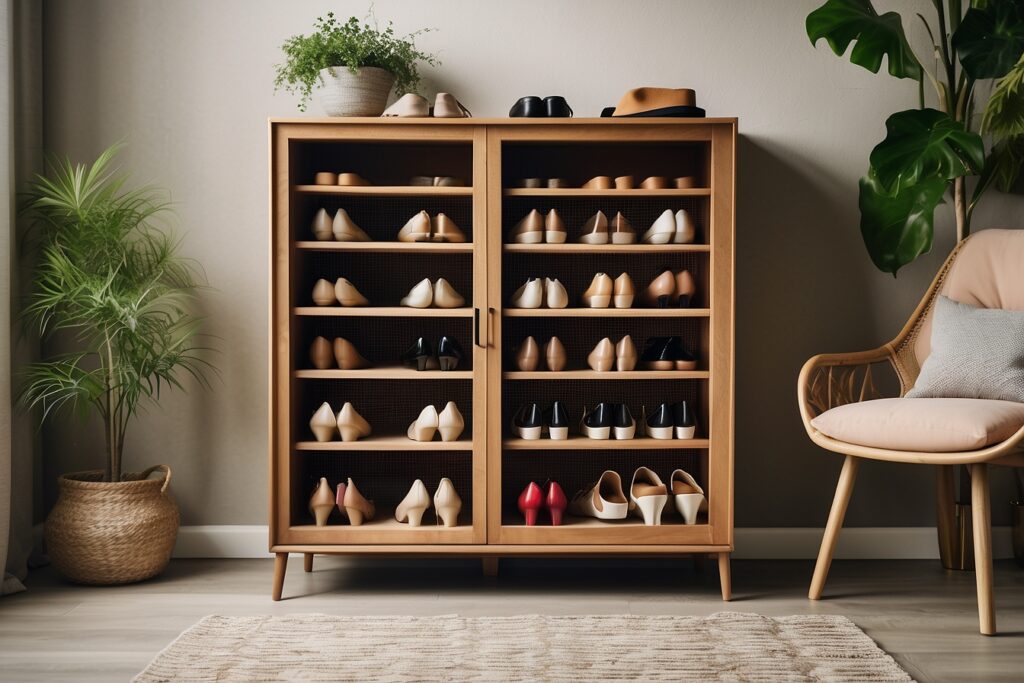
When it comes to keeping your shoe cabinet smelling fresh, proper ventilation is key. Without adequate airflow, moisture and odors can easily accumulate, leading to an unpleasant aroma every time you open the cabinet.
A well-ventilated shoe cabinet allows air to circulate freely, preventing the buildup of moisture and odor. Here are some tips to ensure your shoe cabinet is well-ventilated:
- Look for a cabinet with open shelves or mesh doors. This design promotes better airflow and helps prevent odors from getting trapped.
- Place your shoe cabinet in a dry, well-ventilated area of your home. Avoid areas with high humidity, such as basements or damp closets.
- If your shoe cabinet lacks proper ventilation, consider adding a small fan or installing a vent. These simple additions can make a significant difference in maintaining a fresh-smelling cabinet.
Tip 2: Use a shoe cabinet deodorizer.
Shoe cabinet deodorizers are a fantastic solution for keeping bad odors at bay. They work by absorbing moisture and neutralizing odors, leaving your cabinet smelling fresh. Here are some popular options and how to use them:
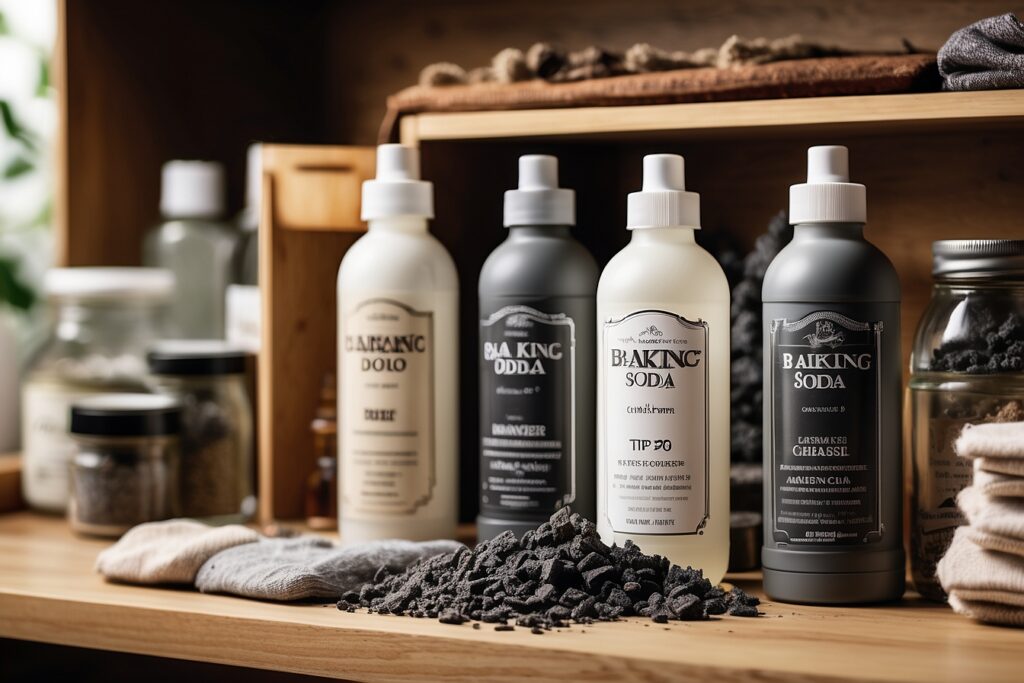
- Baking Soda: Baking soda is a natural deodorizer that’s readily available and budget-friendly. Simply sprinkle it on the shelves of your shoe cabinet or inside your shoes. Allow it to settle for a few hours before shaking it out.
- Activated Charcoal: Activated charcoal is highly effective at absorbing various odors. Place it in a small cloth bag or bowl and put it inside your shoe cabinet. Be sure to replace or reactivate the charcoal as needed.
- Cedar Chips: Cedar chips not only deodorize but also have antimicrobial properties. Place them in a cloth bag or bowl and position them in your shoe cabinet or inside your shoes. Cedar chips can also help deter pests like moths.
Tip 3: Clean your shoe cabinet regularly.
Maintaining cleanliness in your shoe cabinet is crucial for preventing odors. Dirt, grime, and bacteria can accumulate over time, contributing to the unpleasant smell. Here’s how to clean your shoe cabinet:
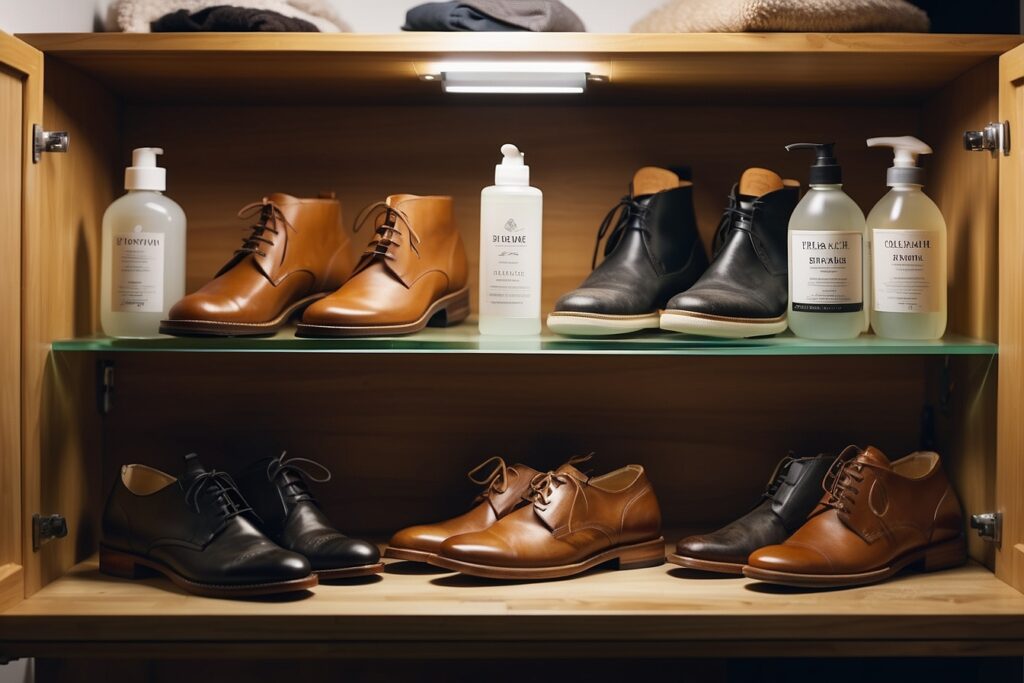
- To make a cleaning solution, combine one part vinegar and two parts water in a spray bottle.
- Spray the solution on the shelves of your shoe cabinet and wipe them clean with a damp cloth.
- Ensure the shelves are completely dry before returning your shoes to the cabinet.
- It’s advisable to clean your shoe cabinet at least once a month, or more often if needed.
Tip 4: Don’t store sweaty or wet shoes in your shoe cabinet.
Storing sweaty or wet shoes in your shoe cabinet is a recipe for bad odors. The moisture inside the shoes creates an ideal environment for bacteria and mold to thrive, resulting in an unpleasant smell. Follow these tips to avoid this issue:

- Let your shoes air dry completely before storing them in the cabinet. Placing them near a window or using a shoe rack with good airflow can help speed up the drying process.
- If you have wet shoes, keep them separate from the rest. Use a designated area for damp footwear to prevent odors from spreading.
Tip 5: Sprinkle baking soda inside your shoes.
Baking soda is a versatile natural deodorizer that works wonders at absorbing moisture and odors from your shoes. Here’s how to use it:
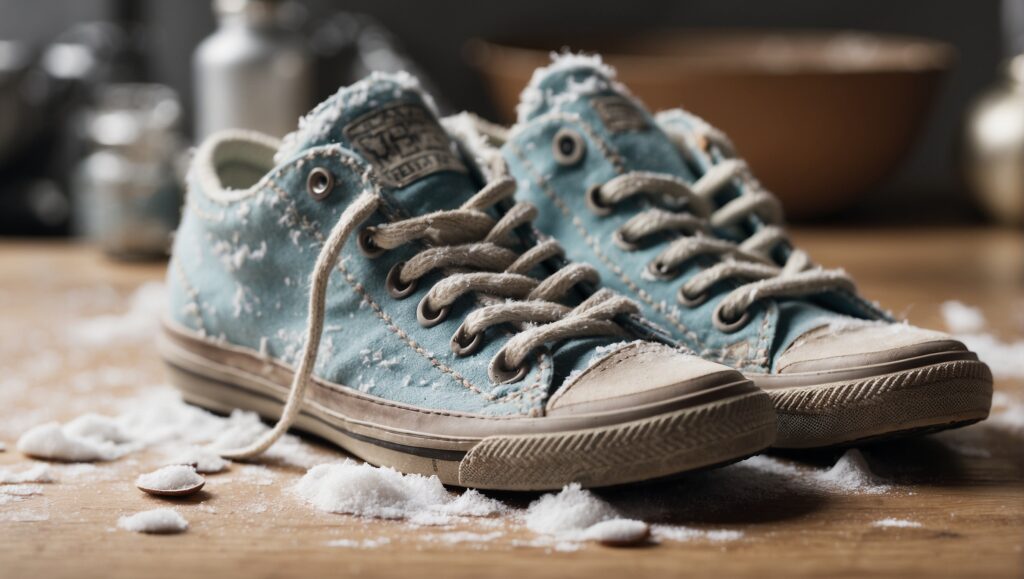
- After wearing your shoes, sprinkle a small amount of baking soda inside each shoe.
- Allow the baking soda to sit for a few hours to absorb any odors and moisture.
- Before wearing the shoes again, give them a good shake to remove the excess baking soda.
Conclusion
In summary, keeping your shoe cabinet smelling fresh is achievable with a few simple steps. Proper ventilation, the use of deodorizers, regular cleaning, and avoiding wet or sweaty shoes are essential to maintaining a pleasant environment for your footwear.
By following these five smart tips, you can ensure that every time you open your shoe cabinet, you’re greeted with a fresh and inviting scent. Share these insights with your friends and family, and together, let’s bid farewell to shoe cabinet odors.
FAQs
Q1: How often should I replace the baking soda in my shoes?
You should replace the baking soda in your shoes every few weeks or when you notice it’s no longer effectively neutralizing odors. You can also refresh it by shaking it out, exposing it to sunlight, and placing it back in your shoes.
Q2: Can I use scented sachets in my shoe cabinet instead of deodorizer?
Scented sachets can provide a pleasant aroma but might not effectively combat shoe odors. It’s recommended to use deodorizers like baking soda, activated charcoal, or cedar chips, which are designed to absorb odors.
Q3: What’s the best location in the house to place a shoe cabinet for proper ventilation?
The best location for your shoe cabinet is in a dry, well-ventilated area of your home. Avoid placing it in damp or humid spaces like basements or bathrooms, as these can contribute to odor and mold issues.
Q4: Can I clean my shoe cabinet with a different cleaning solution besides vinegar and water?
While vinegar and water are an effective and natural cleaning solution, you can also use a mild detergent solution. Just make sure to rinse and dry the shelves thoroughly after cleaning to avoid leaving any residue that could affect the smell of your shoes.
Q5: Are there any specific shoe materials that are more prone to odors?
Shoes made of materials that don’t allow proper ventilation, like some synthetics, can be more prone to odors. It’s essential to pay extra attention to such shoes and use deodorizers and ventilation to prevent odors from developing.
Q6: Are there any natural alternatives to commercial shoe deodorizers?
Yes, there are several natural alternatives to commercial deodorizers, such as baking soda, activated charcoal, and cedar chips, which we discussed in Tip 2. These options are effective at absorbing moisture and odors, and they’re readily available and budget-friendly.
Q7: How can I prevent my shoe cabinet from getting too humid?
To prevent excessive humidity in your shoe cabinet, make sure it is located in a dry and well-ventilated area. Avoid storing shoes in a basement or a closet prone to dampness. Additionally, utilizing a dehumidifier in the room can assist in managing moisture levels.
Q8: Can I use scented sachets or essential oils in my shoe cabinet to keep it smelling fresh?
Yes, scented sachets and essential oils can be used to add a pleasant fragrance to your shoe cabinet. However, it’s important to note that these methods primarily mask odors rather than eliminate them. Combining scented sachets or essential oils with other deodorizing techniques can be effective in maintaining a fresh scent.



